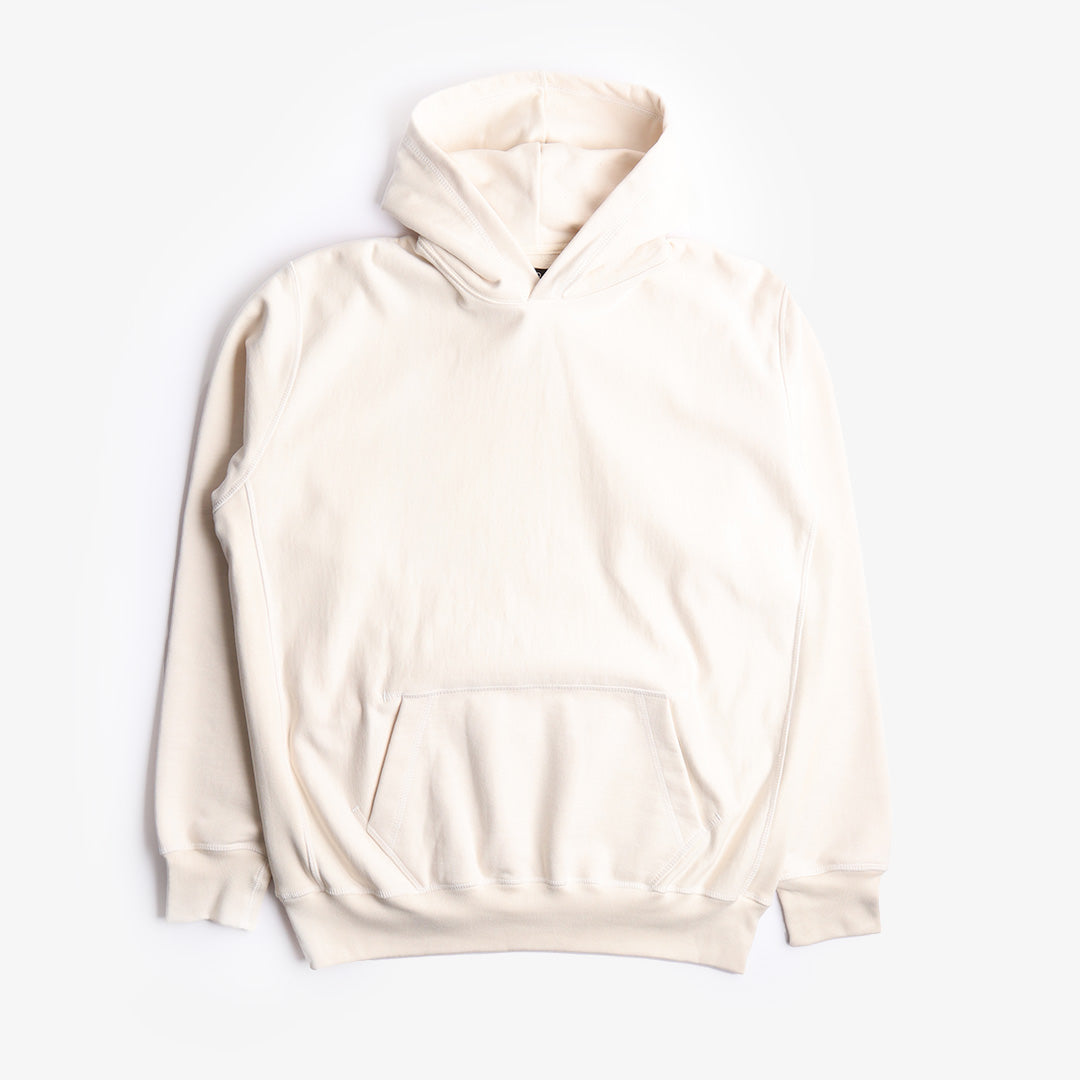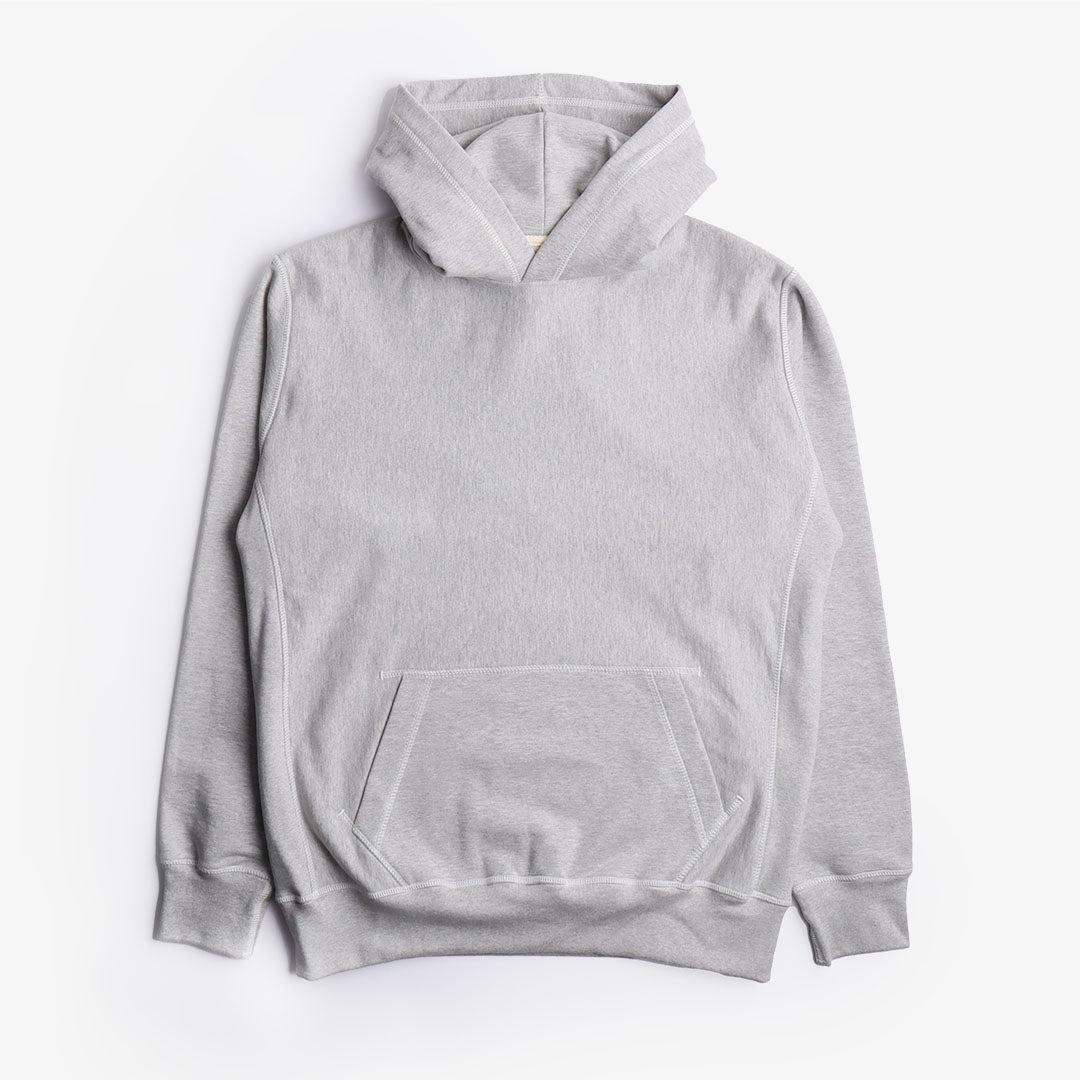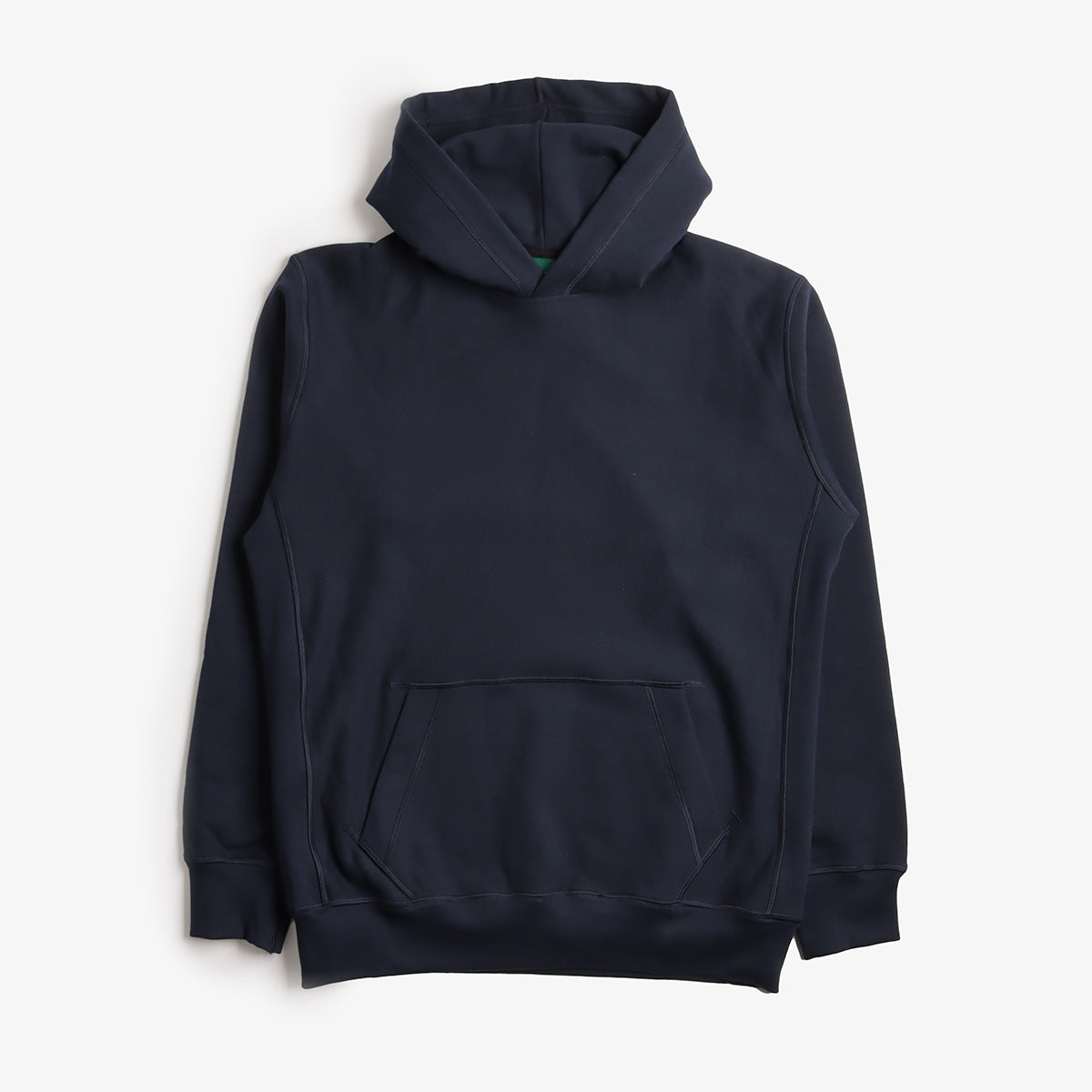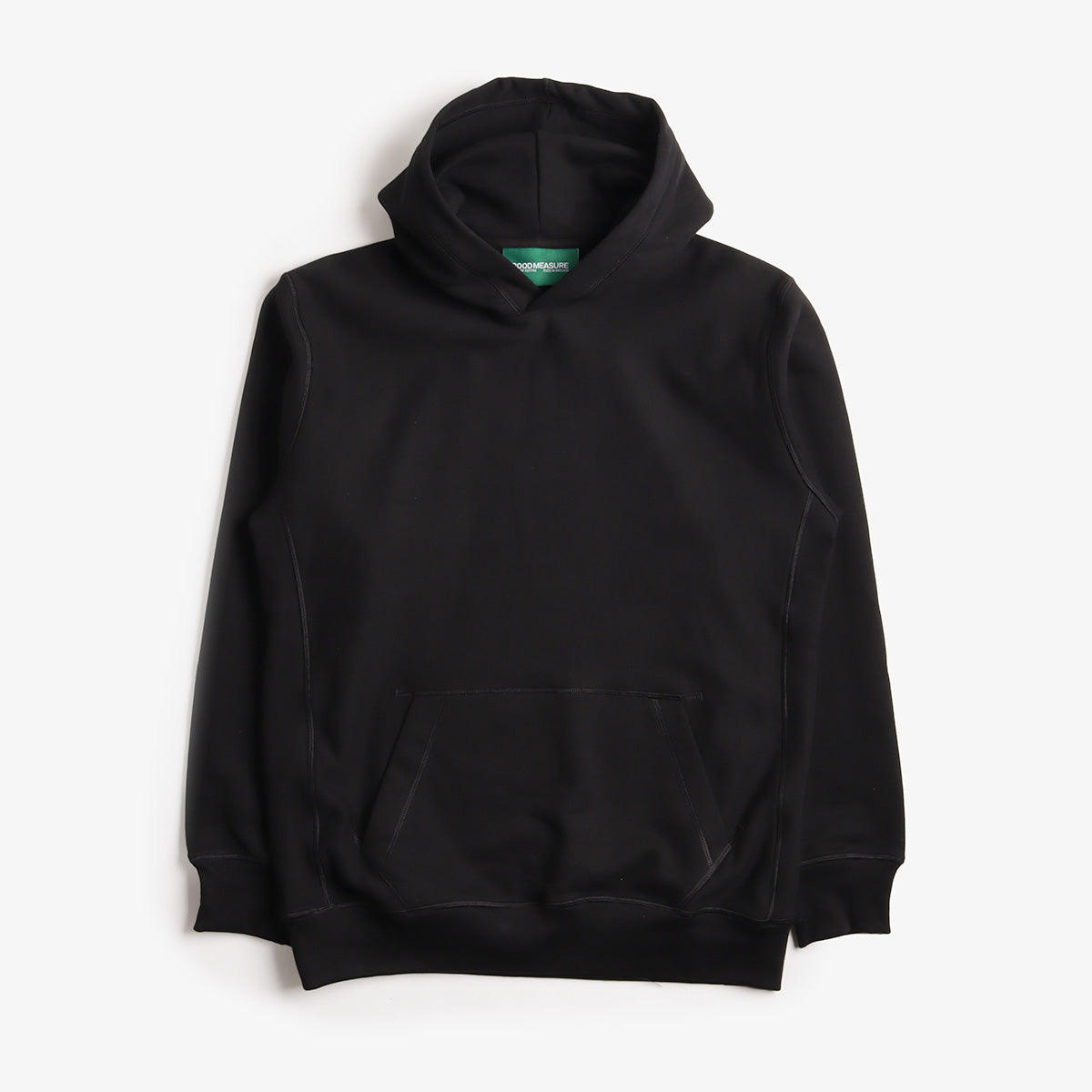We originally became friends working together in the 80's at a Northern Quarter office, whilst Trevor was creating Iconic artwork for Manchester's club scene. You will have seen some of his work on company branding, record sleeves and merchandise he created for The Hacienda and Factory Records to name a few.
The very early days of Good Measure began with our good friend Trevor involved at the heart. Several meetings over beer and curry, using Trevor's graphic design expertise, we eventually arrived at what is now the face of our business.

The Good Measure Logo.
We have caught up with Trevor for another 'GTMO' for you guys to read up on the life of a graphic designer back when and how its changed since.
How, when and why did you become a graphic artist?
''I was always drawing as a kid - on reflection more copying stuff than creating - and was curious to know if it was something you could possibly get a job doing. I did a lot of letter-writing to Manchester advertising agencies on leaving school, and eventually got interviews and taken on as an apprentice commercial artist at age 16 in 1973. Most industries were unionised back then and I was indentured into the Society of Lithographic Artists, Designers and Engravers - S.L.A.D.E. Union. So I can honestly and proudly boast that I was a member of Slade in the 70’s!''
I’ve often wondered how artists involved in various raucous and hedonistic music scenes manage to keep a ‘straight hand’. Have you ever found it hard to balance partying with… finishing sentences?
''Well, designers are not artists. Graphic Design is fundamentally a service industry - like car maintenance or plumbing - we solve problems for other people for a commissioned fee, just visually. So you have a job to do regardless of your lifestyle indulgences. Often a situation, state of mind or designated time frame can have a definitive influence towards a solution and to how something eventually turns out, for the better. There was no tech back in the day, so actual social interaction in Manchester was part of the culture, and a contributory factor in the process for attracting the majority of the work we were doing at the time.''

Hacienda 6th Birthday Party.
Your artwork for Factory records and the Hacienda is genuinely iconic, how did you go about representing one of the coolest ‘brands’ to ever exist and why do you think your designs have stood the test of time so well?
''My first sleeve was in 1984 so Factory had already had its reputation established by Peter Saville for some time. Once I had made that connection, work was pretty much continuous for the next 8 or 9 years, and we just tried to do the very best we could in every instance so it was a pleasure and a privilege to be involved in contributing for so long. I think their independent attitude to try and maintain absolute quality in everything they did became an identity, and the visual representation of that commitment stands up still.''
Do you have any particular favourite pieces that you did for them?
''I’d have to say it was all a hugely enjoyable adventure with some brilliant people who became great friends, and every design represents a relationship or collaboration and has a story to tell… so many and too difficult to be selective really.''
Despite their huge following and successes Factory also had a rep for being a bit disorganised, what were they like to work with?
''You have to remember that Factory was formulated in the throes of punk and its do-it-yourself ethos, and very much subscribed to that before it evolved into whatever it’s now perceived as. But they were a unique set of characters who made it all work brilliantly for a period, and from my own experiences the relationships with designers was based on complete trust and freedom of expression.
I don’t think there was ever a master plan other than to do something memorable, and Tony’s theory of ‘praxis’ is what resonates most still, that: You learn why you do something by actually doing it. ''

United States of the Hacienda.
You’ve worked with some other seriously big hitters too, which jobs/commissions have been your favourite ones so far?
''The next one is always going to be the best!
What we do is always for others, and the most enjoyable jobs are when you work with people instead of for them, who value and respect your contribution, and I’ve been fortunate to have experienced some of those relationships over the decades that have generated graphics that seem to have had some cultural resonance. Occasionally you get the chance to work with heroes, and I did quite a bit of merch development design with United mid-90s and Eric Cantona around 2004, which was fun and a great experience at the time.
And Good Measure of course…''

Trevor working with Eric Cantona.
What was the last piece of graphic design that really stopped you in your tracks and why?
''I can’t honestly recall seeing anything of that magnitude for some time. I think that with the advancement of social media and multiple online channels, with imagery so accessible, the landscape is so regularly saturated on a daily basis it’s difficult to identify standout examples for very long.
The context for implementing visual communication is so diverse these days, and we are still at the early stages of a digital revolution that is going to continue to change the way we communicate, but hopefully as long as there are creative individuals who should continue to happen.
Being old school I still really like seeing anything crafted, such as a piece of typography where you know it’s produced with care and passion. The process of hand-crafting letterforms or applying decoration is centuries old and is currently still in demand, so fortunately I have the opportunity to still do things by hand and however advanced we become technologically I can’t see that changing in my lifetime. In saying that, almost all of my observations are via Instagram these days and I like the outstanding consistency of the Muir McNeill output, and the retro crossover of Jimmy Turrell’s work currently.''
Speaking of amazing graphic design, you're responsible for coming up with Good Measure’s logo/brand ID, what does Good Measure as a brand represent to you?
''Manchester’s character and personality throughout history is all about a spirit of independence, and mavericks who made a difference and changed the status quo, either from those who were born here or have come to connect with the city and made their mark. And the GM guys have that same commitment to crafted excellence, the praxis spirit of adventure and belief in their aspirations that I admire and respect, so I was really happy to be asked to be involved setting things up for the branding with them.''

Good Measure logo drafts.
As well as getting to see what you’re up to at the moment this series of interviews are designed to unearth a side to you or something that you do that is totally different to what you’re best known for. Is there something you’re passionate about that doesn’t involve iconic graphic designs and if so tell us all about this other side to you..
''Art.''
Please tell us more about your love of art and which artists you admire and why?
''Some of the most memorable experiences in my life have been because of the impact of art of some kind, and as with music for instance, I like lots of different art forms and artists for different reasons.
There are so many periods of creative practise in our evolution where mankind has utilised the resources of their era to great visual effect, but for centuries the medium for definition of expression has been paint and there are lots of painters I’ve always appreciated. The list from past and recent times is almost endless - from Lowry to ‘chocolate box’ impressionists, to big draw names like Jeff Koons, Damien Hirst and beyond but I personally have strongest connections with the energy and visual dynamics of the 20th century German expressionists such as Baselitz, Beckmann, Penck etc. I also admire and envy those individuals who create change and define a genre, such as Picasso, Duchamp and Warhol did in the last century.''
Also what makes something 'art' and when does graphic design become art?
''Well, you’re not going to get the answer to ‘what is art?’ from me! But I used to have my own gallery, and its a question that I continue to revisit time and again, with whatever I commit to.
Everything we do is ultimately created for a purpose and in graphic design is preconceived, in that it only exists as a response to solving a problem visually for one human being to communicate a message to another, making provision for use in a specific predetermined context. Art per se represents more of an existential personal expression, often as a moment frozen in time and to attempt to alter the context in which something is perceived.
Graphic design isn’t art in that sense, but can be, and commercial practitioners such as Warhol, Hirst, Banksy etc have understood how to transition and change the context in which their output is received to be viewed in a different way. And the benefit of media exposure has allowed Grayson Perry for instance to push that accessibility into the public consciousness more, with the crossover of craft-based skills and tech. But what is interesting is that artists themselves have become like consumer brands, so by purchasing a piece of art, as well as buying a product (like with some trainers or tech for instance) you buy into a culture or lifestyle.''
Do you make art yourself?
''After decades of being continuously busy with creations entirely for the benefit of others I find it really difficult justifying the time to be self-indulgent, doing something just for the sake of doing it, and to comprehend without the discipline or brief that accompanies requests from commissions. But I’m working on it!''

Stockholm Monsters, sleeve by Trevor.
What are you up to next?
''I try to maintain charity commitments, which are very rewarding, and regularly get consulted for industry advice, guidance… and interviews!
Lockdown last year provided a real opportunity for me to reflect, take stock and re-evaluate what’s actually important in life, and my plan ongoing is to really minimise all external commissions and focus on trying to create an accessible online visual documentation (a website?!) that is a single source of reference for everything I’ve done over the last 5 decades. But people keep asking me to do stuff!
I’m designing loads of vinyl still, some beer graphics for a Manchester independent brewer, advising on city centre place-branding, numerous gallery projects and just exploring the possibility of an exhibition in Germany this year, so forever plate-spinning!''

Feierabendbier artwork by Trevor.
Who is the best footballer at Good Measure, Carl or Fred?
''Fred’s footballing influences are somewhat tainted sadly, and Carl’s understanding of the finer points of the beautiful game come from watching QPR, need I say more? So by association I would have to say… me! I believe I even had a GM sweat named in honour of my prowess.''

The Beautiful Game by Trevor
We would like to say a special thank you to Trevor for this interview, we hope you found it as interesting as we did.



